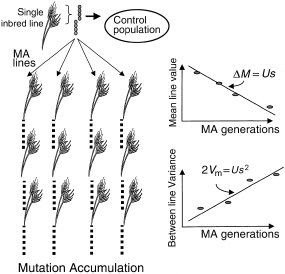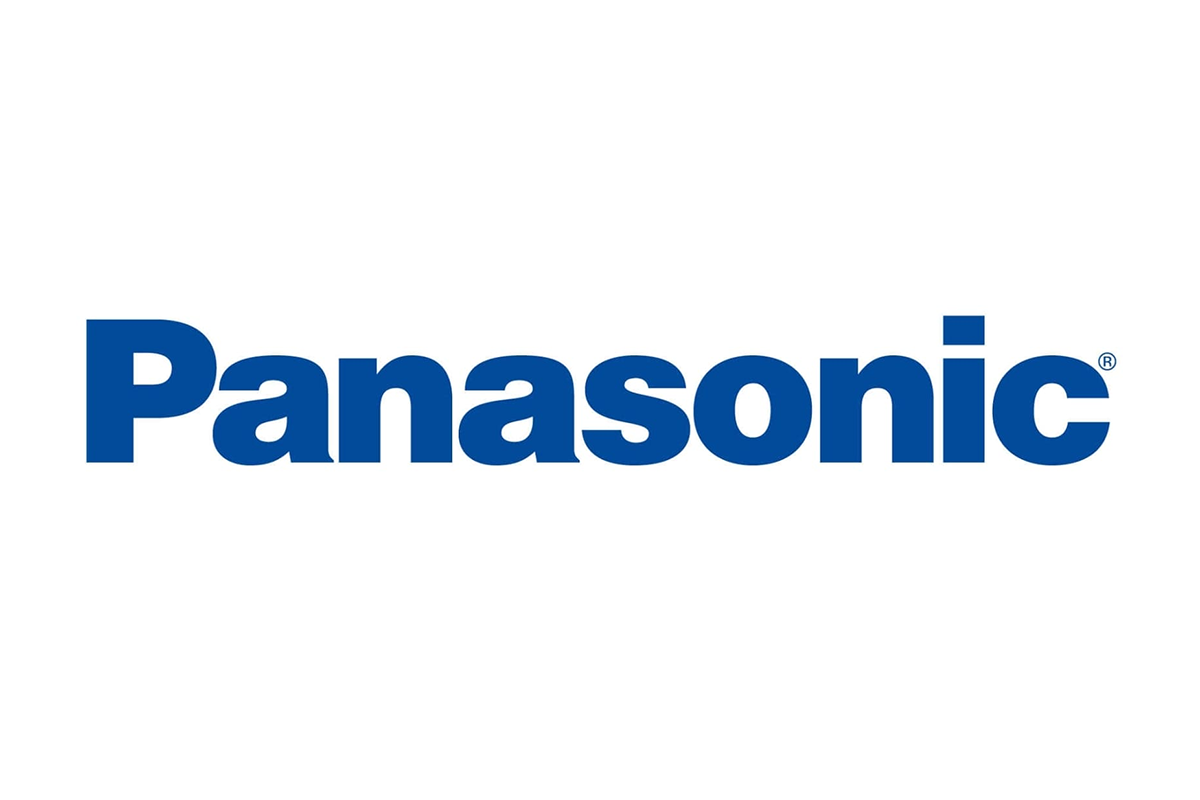- Select a language for the TTS:
- UK English Female
- UK English Male
- US English Female
- US English Male
- Australian Female
- Australian Male
- Language selected: (auto detect) - EN
Play all audios:
ABSTRACT In this report, the Health Council of the Netherlands advises the government on the best policies to achieve an adequate vitamin D supply for the Dutch population. People with a
dark skin, those who spend little time outdoors, pregnant and lactating women, veiled women, elderly and children who do not receive vitamin D supplements or infant formula are at risk of
vitamin D deficiency. To improve this, more consistent information about vitamin D should be provided. Spending at least 15 min a day outdoors in combination with a healthy diet generates
sufficient vitamin D in children and adults with a light skin. All other groups need additional vitamin D from supplements (10–20 μg/day). Fortified foods can only provide part of the
additional vitamin D needed. Access through your institution Buy or subscribe This is a preview of subscription content, access via your institution ACCESS OPTIONS Access through your
institution Subscribe to this journal Receive 12 print issues and online access $259.00 per year only $21.58 per issue Learn more Buy this article * Purchase on SpringerLink * Instant access
to full article PDF Buy now Prices may be subject to local taxes which are calculated during checkout ADDITIONAL ACCESS OPTIONS: * Log in * Learn about institutional subscriptions * Read
our FAQs * Contact customer support SIMILAR CONTENT BEING VIEWED BY OTHERS QUANTIFYING VITAMIN D INTAKE AMONG ABORIGINAL AND TORRES STRAIT ISLANDER PEOPLES IN AUSTRALIA Article Open access
19 February 2025 OFFICIAL RECOMMENDATIONS FOR VITAMIN D THROUGH THE LIFE STAGES IN DEVELOPED COUNTRIES Article 20 August 2020 BIOLOGICAL, DIETETIC AND PHARMACOLOGICAL PROPERTIES OF VITAMIN
B9 Article Open access 13 March 2025 REFERENCES * Cranney A, Horsley T, O'Donnell S, Weiler HA, Puil L, Ooi DS _et al_. (2007). _Effectiveness and Safety of Vitamin D in Relation to
Bone Health_. Agency for Healthcare Research and Quality, Evidence Report/Technology Assessment No.158 (Prepared by the Ottawa Evidence-based Practice Center (UO-EPC) under Contract
No.290-02-0021: Rockville, MD AHRQ Publication No. 07-E013. Google Scholar * Hathcock JN, Shao A, Vieth R, Heaney R (2007). Risk assessment for vitamin D. _Am J Clin Nutr_ 85, 6–18. Article
CAS Google Scholar * Health Council of the Netherlands (2000). _Dietary Reference Intakes: Calcium, Vitamin D, Thiamin, Riboflavin, Niacin, Pantothenic Acid and Biotin_. Health Council
of the Netherlands: The Hague. publication no. 2000/12E. * Health Council of the Netherlands (2008). _Towards an Adequate Intake of Vitamin D_. Health Council of the Netherlands: The Hague.
publication no. 2008/15E. * Holick MF (2004). Sunlight and vitamin D for bone health and prevention of autoimmune diseases, cancers, and cardiovascular disease. _Am J Clin Nutr_ 80,
1678S–1688S. Article CAS Google Scholar * Huang HY, Caballero B, Chang S, Alberg AJ, Semba RD, Schneyer C _et al_. (2006). Multivitamin/mineral supplements and prevention of chronic
disease. _Evid Rep Technol Assess (Full Rep)_ 1–127. * Scientific Committee on Food, Scientific Panel on Dietetic Products, Nutrition and Allergies (2006). _Tolerable Upper Intake Levels for
Vitamins and Minerals_. European Food Safety Authority: Parma. * Tang BM, Eslick GD, Nowson C, Smith C, Bensoussan A (2007). Use of calcium or calcium in combination with vitamin D
supplementation to prevent fractures and bone loss in people aged 50 years and older: a meta-analysis. _Lancet_ 370, 657–666. Article CAS Google Scholar * Webb AR (2006). Who, what, where
and when-influences on cutaneous vitamin D synthesis. _Prog Biophys Mol Biol_ 92, 17–25. Article CAS Google Scholar * World Cancer Research Fund/American Institute for Cancer Research
(2007). _Food, Nutrition, Physical Activity, and the Prevention of Cancer: A Global Perspective_. AICR: Washington DC. Download references ACKNOWLEDGEMENTS All authors contributed
substantially to the realization of the advisory report and the short communication arising from it. RMW wrote the article and GS and DK provided valuable input. The advisory report has been
drafted by a committee of the Health Council of the Netherlands. GS was the chairman and RMW the scientific secretary. The other members were H van den Berg, EN Blok (advisor), HJ Blom,
CPGM de Groot, M den Heijer, KFAM Hulshof, PTAM Lips, IMCM Rietjens, PJJ Sauer, P van ‘t Veer and T Vulsma. The Health Council of the Netherlands thanks them for their contribution. Commitee
member PTAM Lips was a member of the Advisory Board of Merck, Sharp and Dohme until 1 December 2006 and has received research grants from Wyeth, Merck, Sharp and Dohme, Procter and Gamble
and Aventis. AUTHOR INFORMATION AUTHORS AND AFFILIATIONS * Health Council of the Netherlands, The Hague, The Netherlands R M Weggemans, G Schaafsma & D Kromhout Authors * R M Weggemans
View author publications You can also search for this author inPubMed Google Scholar * G Schaafsma View author publications You can also search for this author inPubMed Google Scholar * D
Kromhout View author publications You can also search for this author inPubMed Google Scholar CORRESPONDING AUTHOR Correspondence to R M Weggemans. ADDITIONAL INFORMATION This is an official
release by the Health Council of the Netherlands. Issued in September 2008 in Dutch, a translation into English became available in February 2009 at www.healthcouncil.nl Conflict of
interest The authors declare no conflict of interest. RIGHTS AND PERMISSIONS Reprints and permissions ABOUT THIS ARTICLE CITE THIS ARTICLE Weggemans, R., Schaafsma, G. & Kromhout, D.
Towards an adequate intake of vitamin D. An advisory report of the Health Council of the Netherlands. _Eur J Clin Nutr_ 63, 1455–1457 (2009). https://doi.org/10.1038/ejcn.2009.67 Download
citation * Received: 07 April 2009 * Accepted: 17 May 2009 * Published: 22 July 2009 * Issue Date: December 2009 * DOI: https://doi.org/10.1038/ejcn.2009.67 SHARE THIS ARTICLE Anyone you
share the following link with will be able to read this content: Get shareable link Sorry, a shareable link is not currently available for this article. Copy to clipboard Provided by the
Springer Nature SharedIt content-sharing initiative KEYWORDS * vitamin D * population groups * supply * policy * supplementation * fortification







